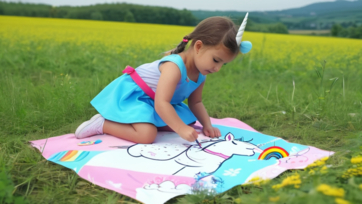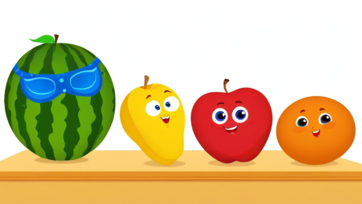Learning Patience Through Play
In today’s fast-paced world, patience can often feel like a lost art, especially for young children. Yet, it’s an essential skill that helps them navigate life’s challenges, build strong relationships, and approach problems with a calm and focused mindset. Teaching patience to children, however, doesn't have to be boring or frustrating. In fact, it can be a fun and engaging process when incorporated into play. When children learn patience through play, they don’t just develop self-control but also discover the joy of waiting for something rewarding.
Board games – waiting your turn
One of the most effective ways to teach patience is through classic board games. Games that involve taking turns require children to wait, follow rules, and learn to enjoy the game, even when it's not their turn to play. This waiting period helps them practice self-control and teaches them the value of fairness and teamwork.
For example, a game like “Snakes and Ladders” not only entertains children but also introduces the concept of waiting for their turn. As they roll the dice and move along the board, they experience the ups and downs of the game, which mirrors the unpredictability of life. While they might initially struggle with waiting or losing, over time they learn that every game is an opportunity to practice patience and resilience.
Building blocks – delayed gratification
Building blocks are another fantastic way to help children develop patience. Whether they’re constructing a tower, a bridge, or any other structure, they must carefully place each block, step by step. Rushing through the process often results in the blocks toppling over, teaching them that patience and precision lead to success.
Additionally, children experience delayed gratification as their efforts pay off when the structure is completed. They begin to understand that taking time and being thoughtful in their actions often yields better results than rushing. This lesson is invaluable as it translates to other areas of life, helping them realize that not everything comes instantly, but with time and effort, their goals can be achieved.
Gardening – watching nature grow
Gardening is a beautiful way to teach children about the slow and steady pace of nature. When children plant seeds, water them, and care for them daily, they learn that growth takes time. They might be eager to see flowers bloom or vegetables grow, but the waiting period teaches them the art of patience.
Gardening also instills a sense of responsibility, as children must consistently care for their plants to see them flourish. Each day that they tend to their garden, they experience the satisfaction of watching small progress, which reinforces the idea that patience and care lead to rewarding outcomes.
Art and crafts – creating step by step
Art projects, whether it’s painting, drawing, or making crafts, require children to go through a process. For instance, creating a painting might involve sketching an outline, selecting colors, and layering paint, which can take time and careful attention.
Crafting projects, like building models or making paper crafts, often come with multiple steps that must be followed in a sequence. This teaches children the importance of patience, as they learn that skipping steps or rushing can result in a less satisfying final product. Through art, children also discover that creativity itself is a journey that unfolds gradually, requiring focus and perseverance.
Cooking and baking – waiting for results
Cooking and baking with children is not only a fun activity but also a fantastic way to teach them patience. From mixing ingredients to waiting for dough to rise or cookies to bake, cooking introduces the idea that some of the best results take time. Children eagerly anticipate tasting their creations, but they quickly learn that good things come to those who wait.
This process also provides them with a sense of accomplishment, as they see the direct connection between their efforts and the final product. And, as an added bonus, they get to enjoy the fruits of their labor once the waiting is over, reinforcing the value of patience in everyday life.





